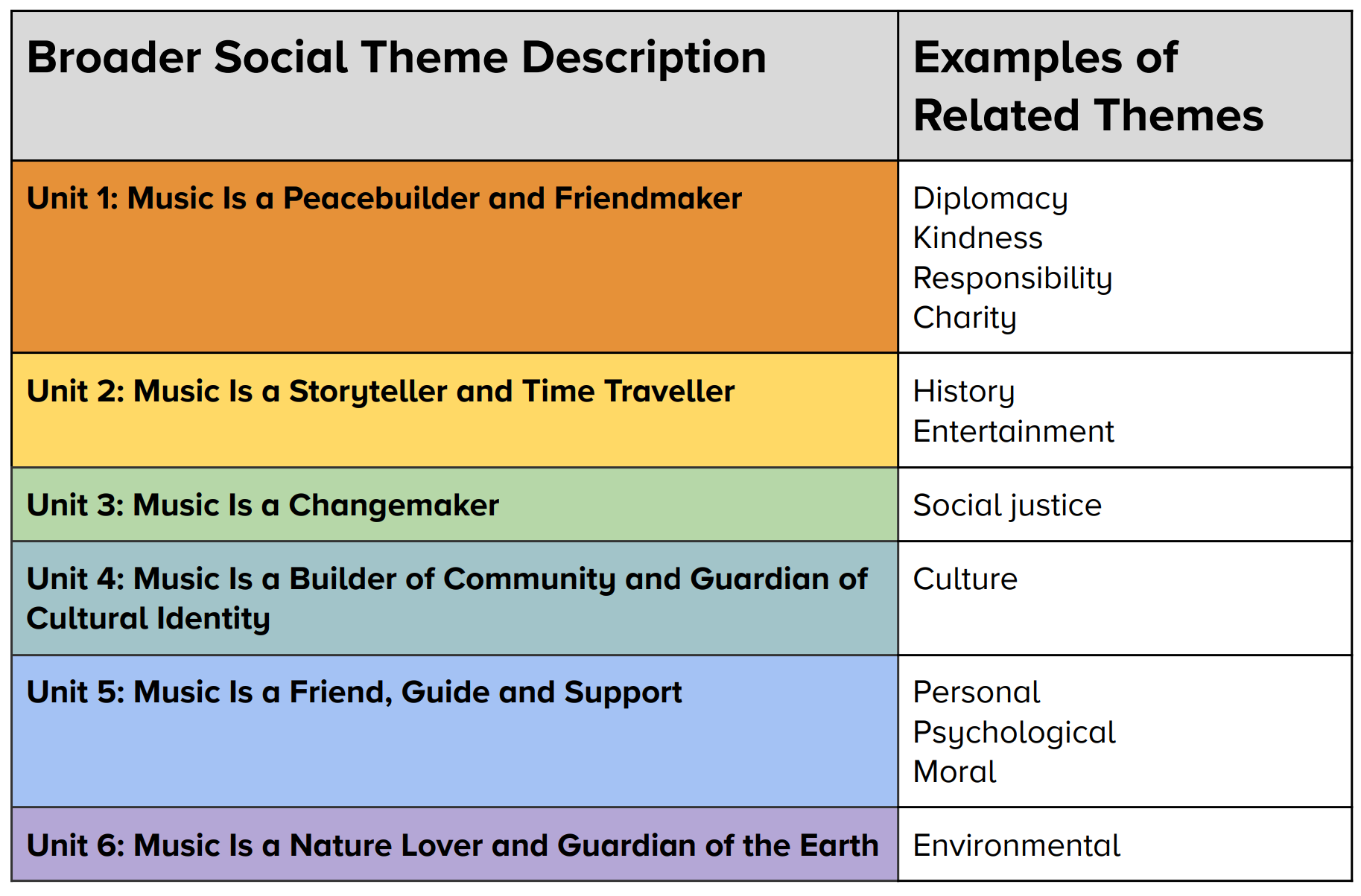Music

William J. Clinton, 42nd US President
Intent:
Music education plays an essential role in sculpting pupils into well-rounded, balanced and unique individuals. Music is an important part of our curriculum at Bedfont Primary School because it is a powerful and unique form of communication that can change the way pupils feel, think and act. Our music curriculum intends to inspire creativity and self-expression as well as giving them opportunities to connect with others. Music is the universal language of expression and an essential cultural tool in a child’s holistic development. We hope to encourage a lifelong love of music by exposing them to diverse musical experiences and igniting a passion for music. Through high quality lessons and resources our music curriculum allows every child to experience performing, listening to and reviewing music across a range of historical periods, genres, styles and traditions enabling them to become confident, reflective musicians.
Implementation:
Pupils at Bedfont Primary School partake in weekly music lessons that utilise Charanga’s Model Music Curriculum from Year 1-6 and the original Charanga scheme in Reception. At the centre of each step in each lesson is a song around which the musical learning is centred. Each lesson consists of exercises in listening, singing, performing, composing and improvising. To ensure consistency in the delivery of Music, in Year 3-6 Music will be taught by the Music Subject Lead, Miss Staples.
From the early years to the end of primary school, their spiral curriculum progressively revisits and builds upon the interlinking elements of music that are introduced in the first year while simultaneously exploring music’s broader role in society in an age-appropriate manner.
The spiral design of the curriculum ensures that children are exposed to the foundational elements of music that build and deepen over time as children build their knowledge, skills and understanding:
● Pulse – the regular heartbeat of the music; the steady beat.
● Rhythm – long and short sounds or patterns that happen over the pulse, the steady beat.
● Pitch – high and low sounds.
● Tempo – the speed of the music – fast, slow or in-between.
● Dynamics – how loud or quiet music is.
● Timbre – all instruments, including voices have a certain sound quality, eg the trumpet
has a very different sound quality to the violin.
● Texture – layers of sound working together make music very interesting to listen to.
● Structure – every piece of music has a structure, eg introduction, verse, chorus, ending.
In Reception
Our music lessons are comprised of 4 different steps.
|
1. Listen and Respond |
2. Explore and Create using voices (Musical Activities) |
3. Sing - Learn to Sing the Song |
4. Share and Perform |
In Years 1-6
Each of the six units in every year group couples a Musical Spotlight with an inquiry into a broad Social Theme, as shown in the table below.

Pupils in Year 3-6 will also participate in a 10-week unit taught by a specialist from Hounslow Music Service to allow them to experience playing a wider range of instruments, including ukulele and drums.

